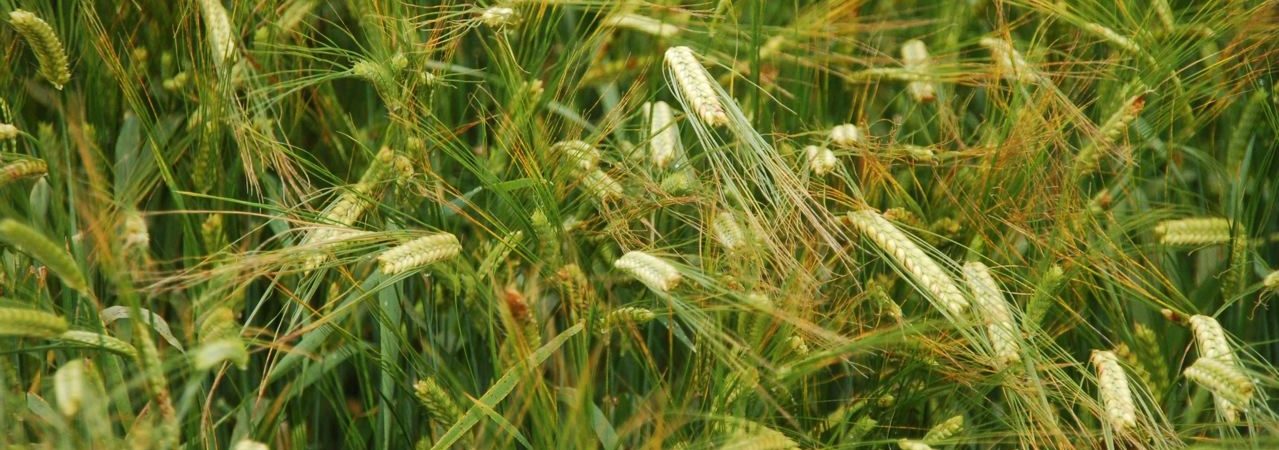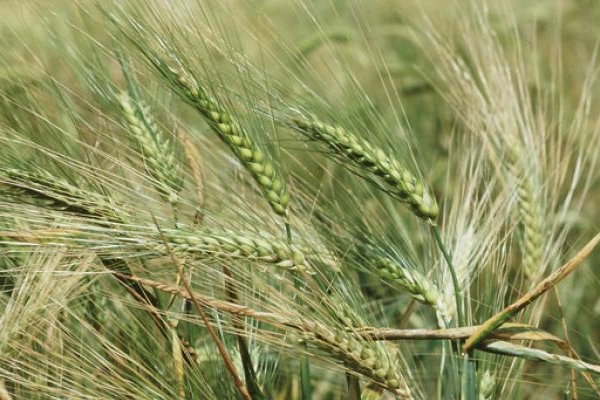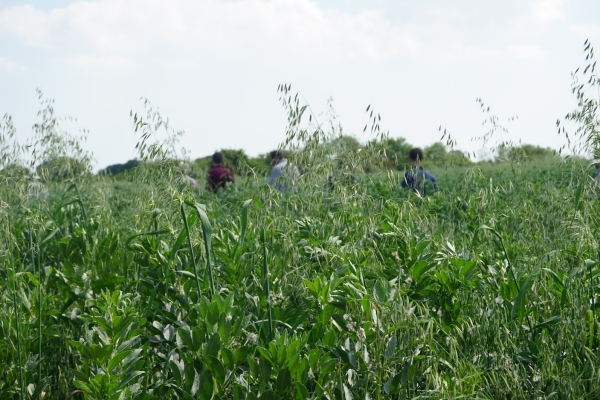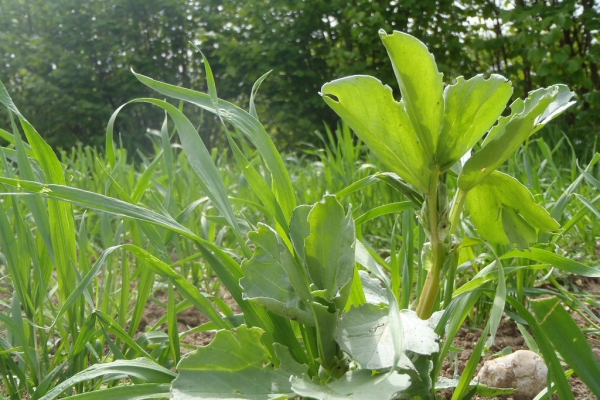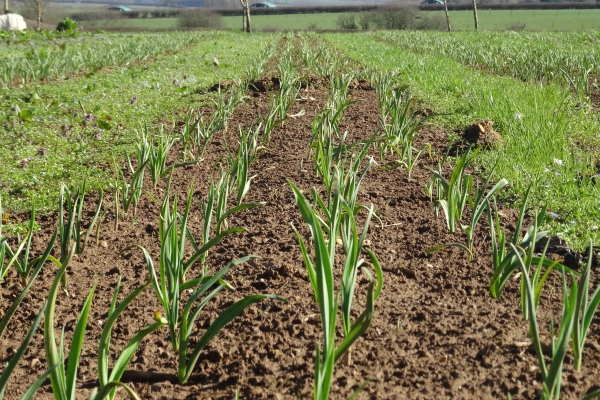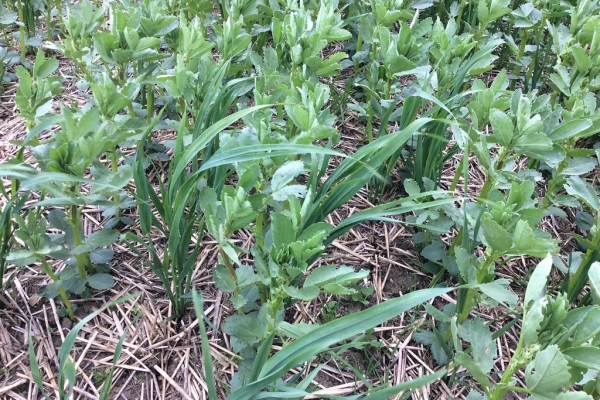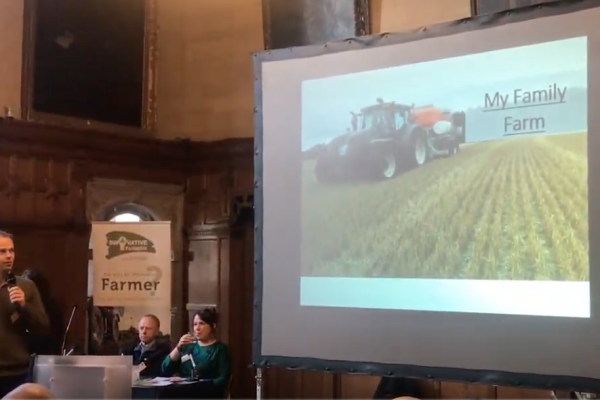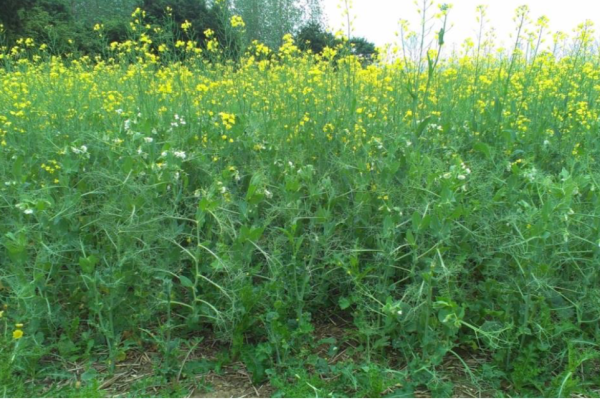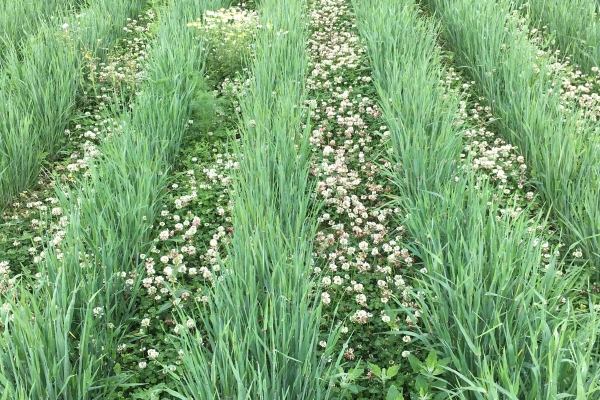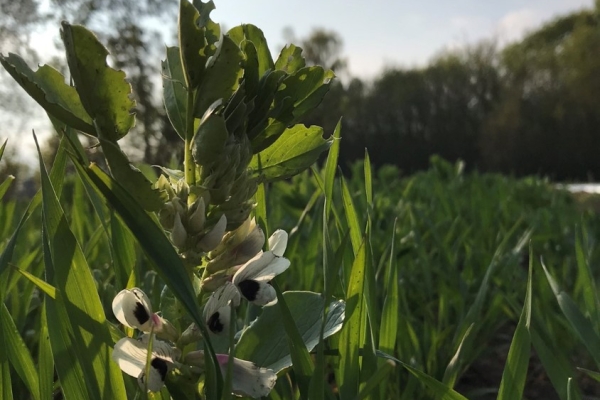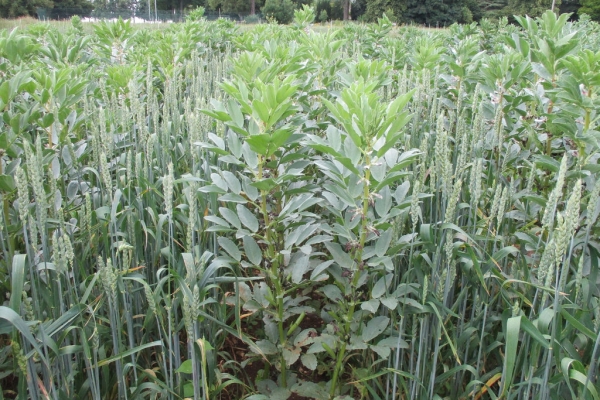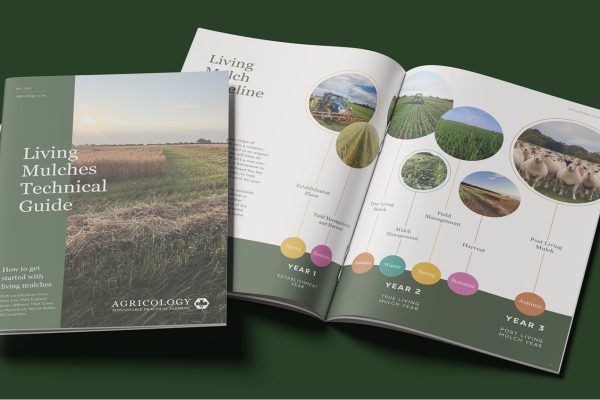Intercropping grain peas with barley
OK-Net Arable Practice Abstract
Resource explained
Mixed crops of grain peas and barley can produce stable yields for protein production; with the risk of yield loss being reduced. Barley prevents pea lodging, reducing losses during threshing and increasing the quality of the harvested crop. The cereal crop also improves the soil cover, suppressing weeds. This practice abstract, produced as part of the Organic Knowledge Network (OK-Net) Arable project, provides some practical cultivation recommendations and some tips for carrying out a trial on your farm.
Findings & recommendations
- The seed bed should be not too fine-grained after cultivation or reduced tillage.
- For seeders with only a single tank, mix the seeds well at the ratio of 80% peas and 40% barley (relating to the standard sowing quantities of both crops) before filling the seeder. Until sowing, repeatedly check the homogeneity of the mixture, and for seeders with two or more tanks, apply the seeds of the mixture partners separately.
- Sow with a conventional seeder and with a row spacing of 12cm and a placement depth of 3 – 4 cm into the same or in separate rows (depending on the sowing technique).
- Weed control is not usually needed.
- If the method seems to be suitable for your farm, it is recommended that you test it under your own farm conditions.
Summary provided by:
Janie CaldbeckRelated articles
Research showing that intercropping field peas and spring barley can encourage more efficient nitrogen use.
Final report from a field lab that looked at opportunities for intercropping to provide more efficient resource use, reduced pest and disease pressure, and better...
Interesting research highlighting some of the potential challenges and rewards from growing field beans with wheat.
Abstract created as part of the DiverIMPACTS project, outlining outcomes from strip cropping experiments and practical recommendations for designing and managing effective strip systems.
Andrew Howard takes us on a fascinating tour of the potential of intercropping - recorded at an OK-Net Arable project event.
Video footage filmed at the Oxford Real Farming Conference (ORFC) 2019 of Andy Howard of Bockhanger Farms discussing the potential of 'plant teams' in theory...
An extensive report outlining the benefits and limitations of companion cropping and intercropping in UK arable farm systems.
A panel of industry experts discuss solutions to the practical challenges in the growing, harvesting and processing of mixed crops.
Intercropping offers the potential for more efficient resource utilisation, reducing pest and disease pressure and better competition with weeds. This is a recording of an...
RAU research looking at the effects of intercropping beans and wheat in relation to ecosystem services and forage production.
This Agricology technical guide is designed to support farmers in making informed decisions about adopting living mulches in arable systems.
